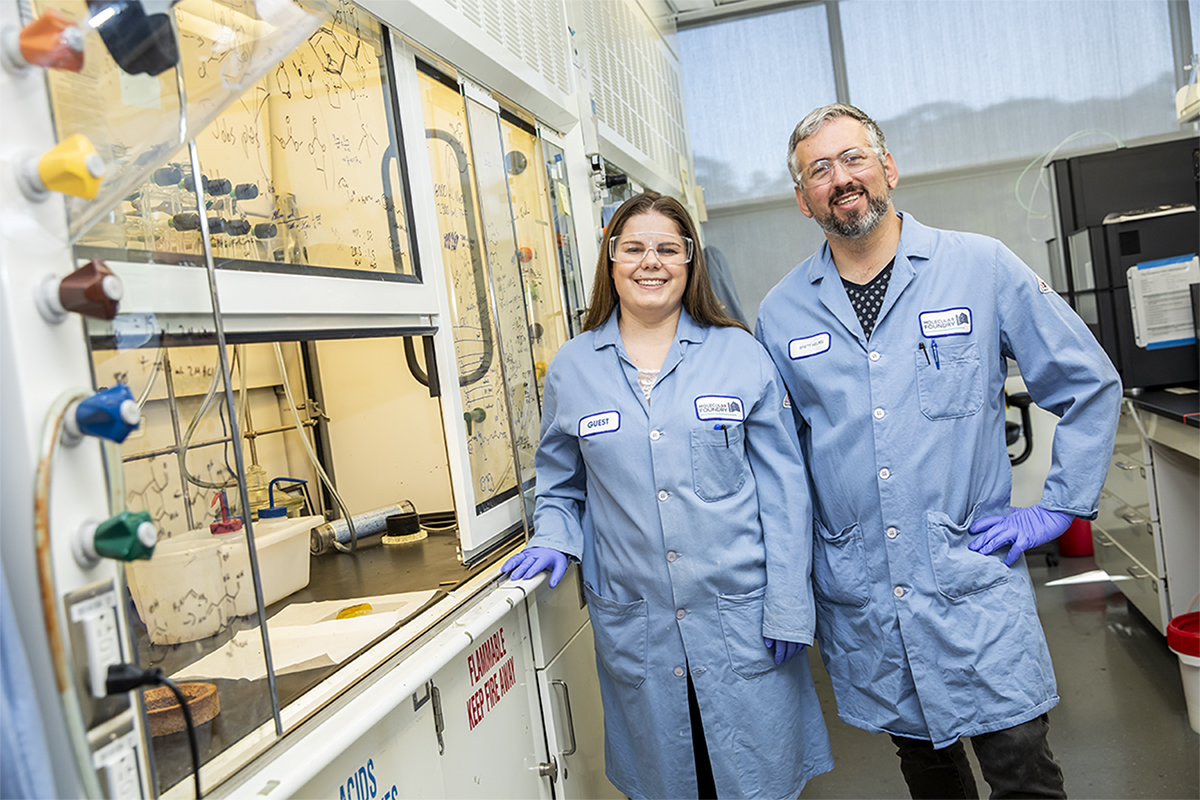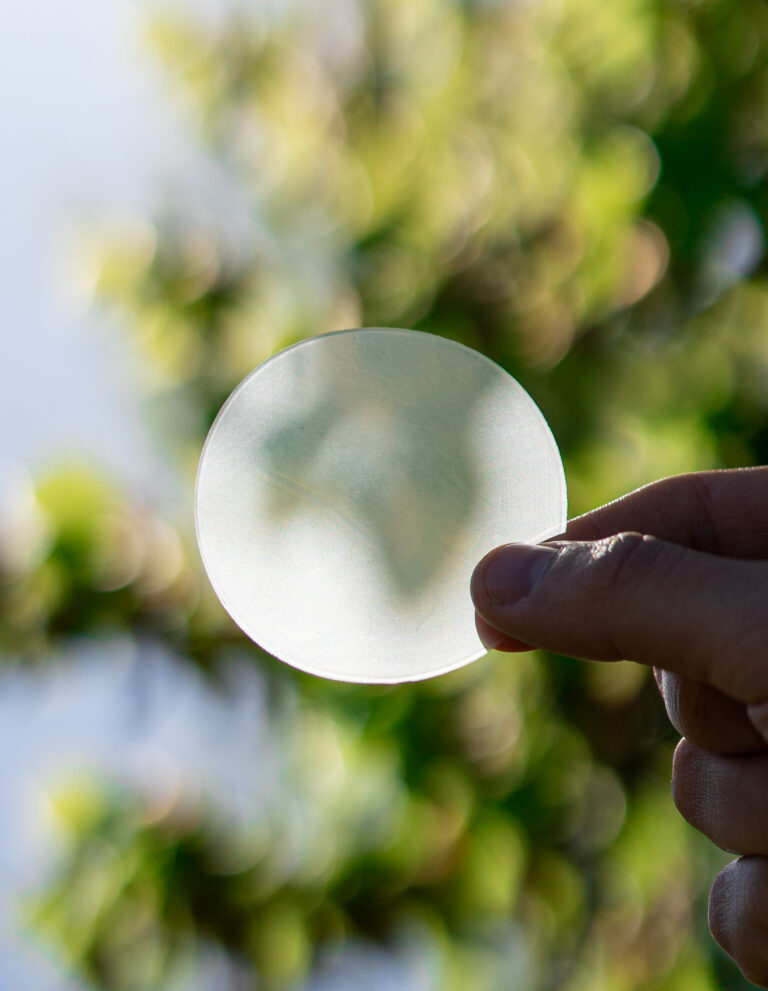LEAD company Cellfion, is celebrating its one-year anniversary by securing funding that will enable the next step towards the commercialization of the world's first bio-based membrane.
The transition to replacing fossil fuels with renewable, green energy has moved at a tremendous pace over the past decade. However, the expansion of the renewable energy industry does not come without its challenges – especially when it comes to energy storage. Intermittent renewable energy, such as wind and solar, requires a way to store the energy, because the sun doesn't always shine and the wind doesn't always blow. Rapidly emerging technologies in the form of Redox Flow batteries and hydrogen can provide the perfect solution, where energy can be stored and used when needed. Cellfion is here to enable these solutions and ensure sustainability with its unique bio-based membranes.
Cellfion's membranes' unique properties and raw materials are what set them apart in today's market. Cellfion's technology is made from the most common biopolymer on the planet, cellulose, which is derived from wood. By extracting cellulose nanofibrils from wood and modifying the surfaces, the fibrils can be made into sheets of membrane that can be used as the central component in energy storage and conversion applications such as Redox Flow batteries and fuel cells. The fact that Cellfion's membrane is made from forest material makes it not only durable, but also non-toxic and safe. Cellfion's membrane also has the advantage of being both cost-effective and adjustable to suit each device's unique specifications.
- As far as we know, we are the first company working for the commercialization of bio-based membranes free of toxic substances, says Liam Hardey, CEO of Cellfion and Forbes 30 under 30 nominee 2022.
Today's commercial membranes are often made of PFAS-based substances, substances that the EU Commission will set restrictions on in 2023. With these restrictions, the need for alternative membranes is expected to grow massively and Cellfion aims to be at the forefront.
Cellfion comes from 10 years of research at KTH, Linköping University and RISE. When taking the steps from research to a commercial product, it is important to surround the company with good partners who are long-term and believe in the company's mission. Cellfion has now secured an investment of SEK 14 million from Almi Invest Green Tech, Voima Ventures, Klimatet Invest, LiU Invest and KTH Holding.
- With our investment in Cellfion, we are driving the development of a new storage technology that enables the transition to renewable energy sources and thereby reduces greenhouse gas emissions, says Karin Edström, investment manager at Almi Invest GreenTech. With its stable bio-based membrane, which is both cheaper and more flexible than today's commercial membranes, Cellfion is in a very good position to enter the market. - This is what deep tech investments are all about, solving big problems that really matter.
There are huge amounts of energy lost from renewable energy sources due to the limitations of energy storage. Diaphragms are among the most crucial components for achieving high efficiency. With an ambition to replace toxic and fossil-based membranes, the potential for Cellfion is enormous. In addition, the accelerating energy crisis makes the demand for sustainable solutions greater than ever, and Cellfion has the potential to become a new market leader, says Jenny Engerfelt, investment director at Voima Ventures.
The investment enables Cellfion to continue its development towards being a scalable manufacturer of sustainable membranes. In the coming years, the company plans to expand its team, begin rapid prototyping by working with customers and partners, and focus on bringing its first product to market. Cellfion's ambition is to create the most innovative, scalable and sustainable materials for green energy devices.





